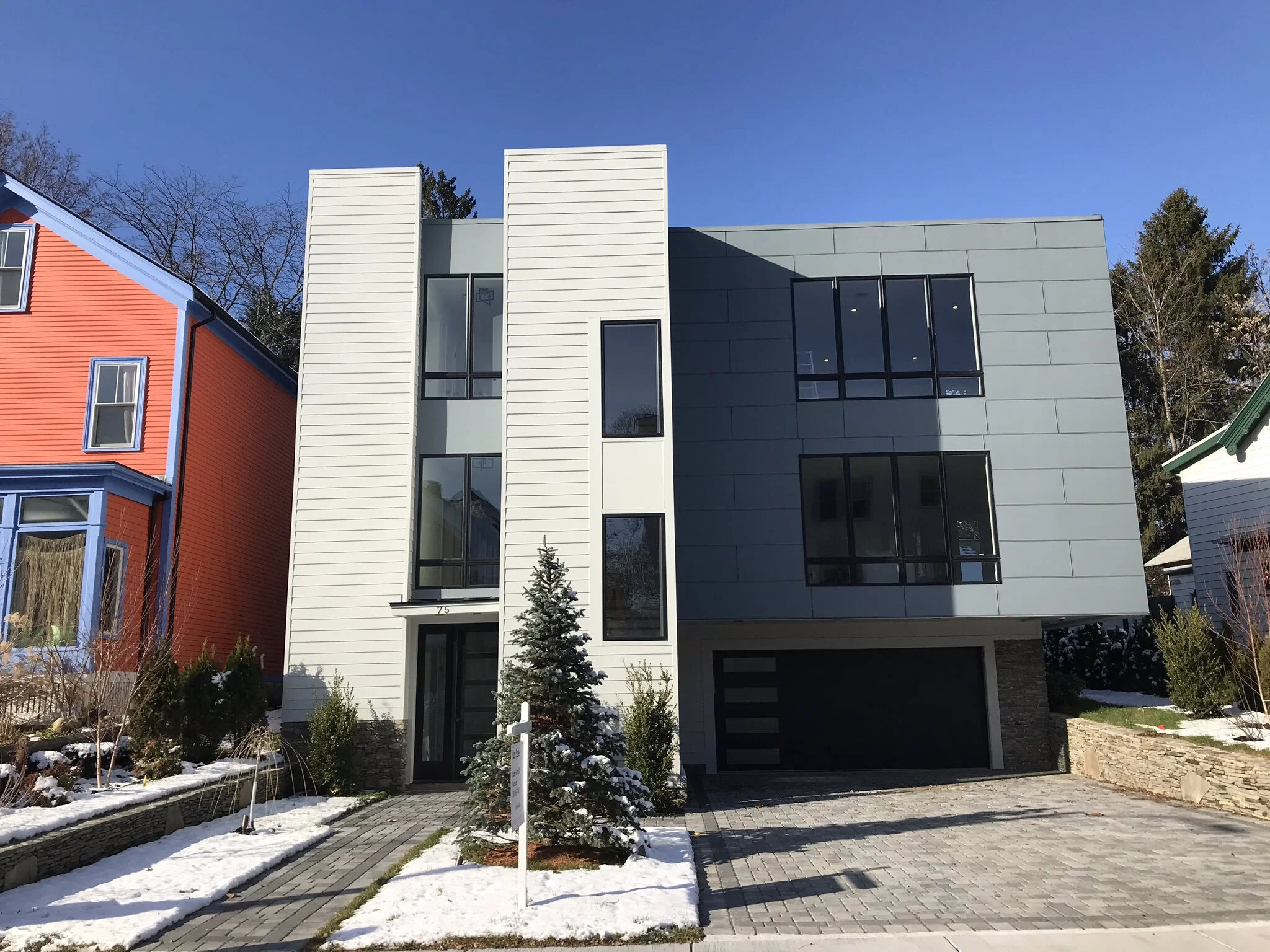Are automated vehicles a solution looking for a problem—or perhaps the wrong solution for problems (traffic deaths, traffic congestion, etc.) that could be solved in better, easier ways?
Read MoreIn order to make space for cars when they’re not in motion, we’ve driven the costs of development up. And it’s often tenants and consumers who end up paying for it.
Read MoreOrlando (and the surrounding state of Florida) has long been reliant on cars. But the city’s new director of transportation hopes to change that.
Read MoreMany conveniences—the ease of driving, food delivery, one-stop shopping—seem nice on the surface, but they often come at a high cost to our communities.
Read MoreBig money “pedestrian” projects are often not for pedestrians at all. Their real purpose is to serve faster car traffic.
Read MoreA new report shows the automobile industry preparing for a future with fewer cars and less driving. Planners and policymakers should take note too: this is not the time to build new roads.
Read MoreWe’re pretty hard on parking here at Strong Towns—after all, it’s often a massively wasteful use of space. But what does that vision mean for suburban and rural residents who drive into the city? Where are they supposed to park?
Read MoreNo North American city is overcrowded. Not a single one.
Read MoreCan we break free of our car addiction? It may be possible, but it won’t be easy…or fast.
Read MoreIf you want to see more homes built in your city, good urban design isn’t your enemy. And neither are those who insist on it.
Read MoreWe don’t pay a ton of attention to parking lots in our day-to-day lives—nobody makes postcards of scenic or historic ones—yet parking dominates and shapes the built environment around us more than any other factor. Here’s how to start seeing parking—and the damage it does when we build too much of it.
Read MoreWhen you’re moving about in the world, it’s really hard to appreciate just how much land is devoted to accommodating high-speed car travel—or just how much life we could cram into the same piece of land if we didn’t have to.
Read MoreCars take up a lot of space. And one way or another, that imposes very real costs on our cities. New York just took an important step toward acknowledging and covering those costs.
Read MoreGig Harbor, Washington has gone from fishing town to suburban bedroom community. With its founding industry largely gone, can the city remain a place that fosters community and welcomes newcomers to join in it?
Read MoreI keep thinking about the efficiency of the human body. Each model year comes equipped with space-saving design, lots of leg-room, built-in entertainment features, and is bio-fuel-compatible with generally limited emissions.
Read MoreI keep thinking about the efficiency of the human body. Each model year comes equipped with space-saving design, lots of leg-room, built-in entertainment features, and is bio-fuel-compatible with generally limited emissions. On foot, we are nimble, responsive, and shaped to maximize the utilization of space. A crowd of people is not a traffic jam, it’s a party!
Read MoreTwo large development projects currently working their way through the public engagement and approvals process illustrate why suburban retrofit is a really tough proposition to stake our future on.
Read MoreIs it magical thinking to expect the transition from car-dependent to walkable places to happen organically? When, and how, do we need a catalyst to jump-start that process?
Read MorePolicy choices are often presented to us as simplistic binaries, or irresolvable clashes of competing values. Have the courage to step outside that box and ask more fundamental questions.
Read MoreA new comprehensive inventory of parking in five U.S. cities provides yet more persuasive evidence: we have built way too much parking, and it is a huge drag on the fiscal solvency and the vitality of our cities and towns.
Read More


















